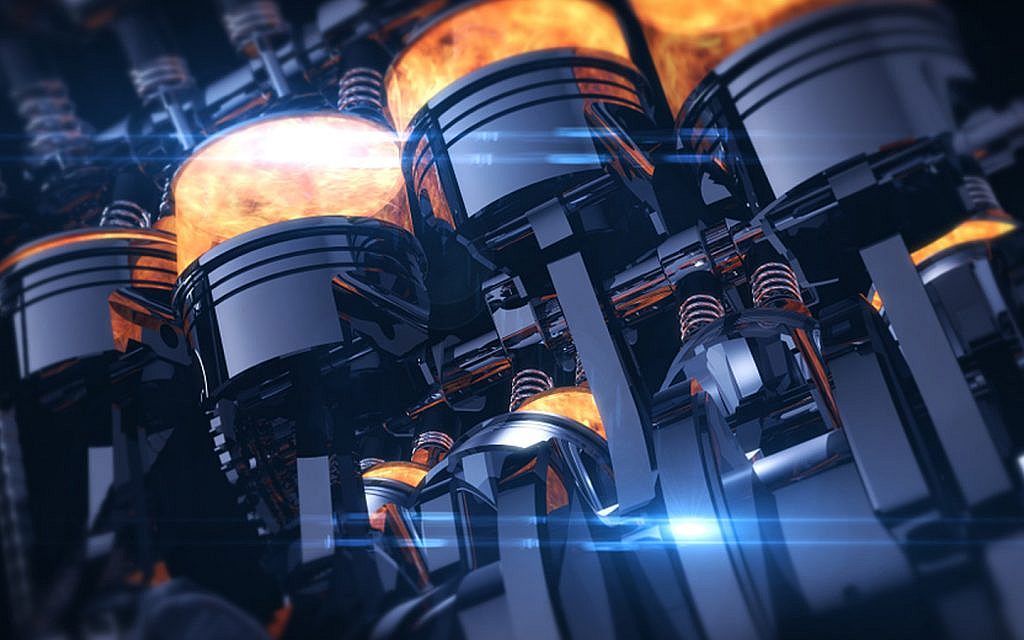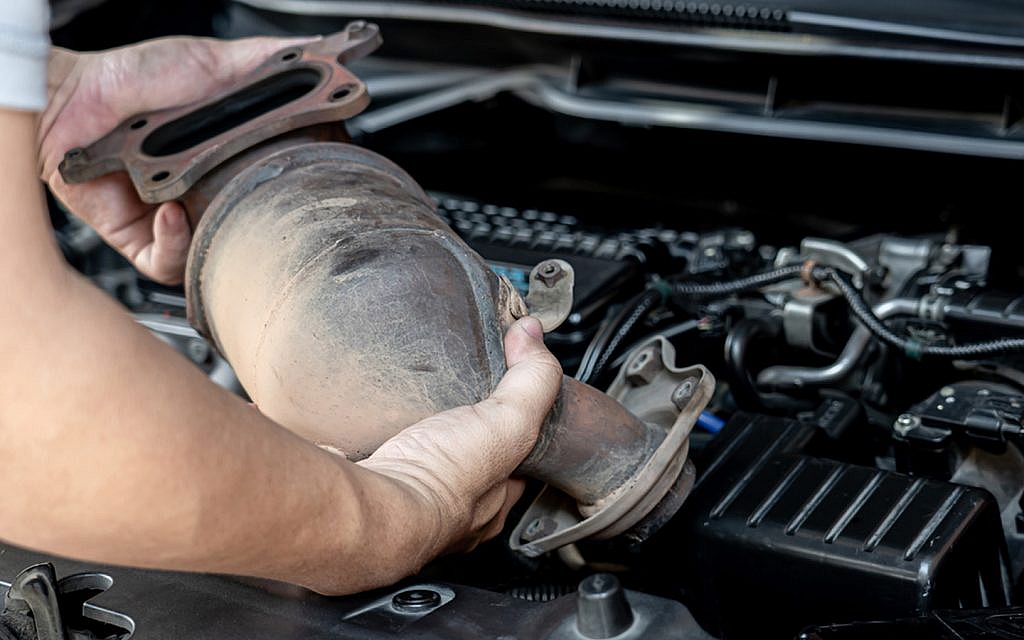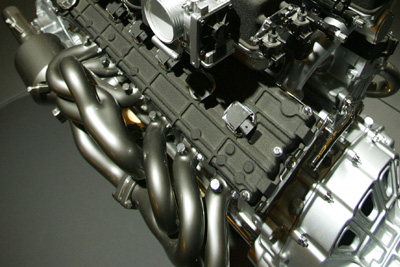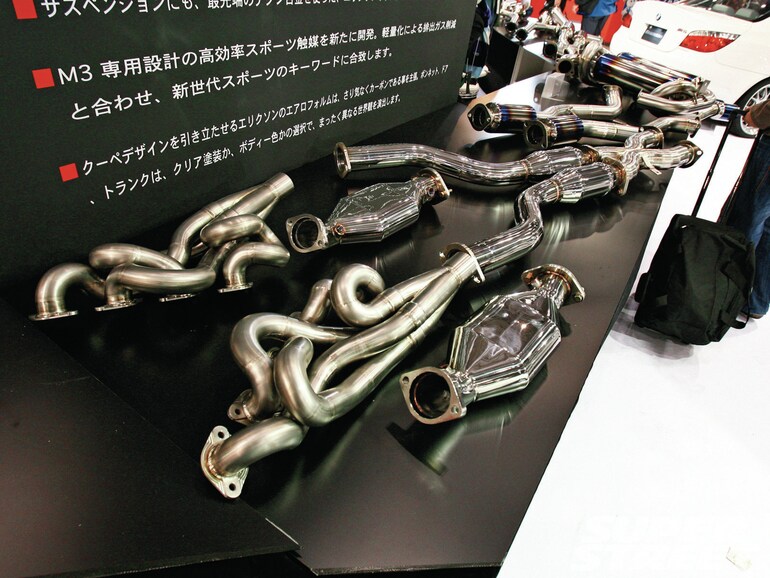
When it comes to the world of modifications and tuning, the sensory experience plays a vital role in our love affair with cars. One element that significantly influences this experience is the distinct sound produced by a vehicle’s engine and exhaust system. Headers, a crucial component of the exhaust system, have the power to transform a car’s sound, creating a symphony that resonates with car enthusiasts. In this article, we’ll explore how headers change the way cars sound and the impact they have on engine performance and overall driving pleasure.

Headers, also known as exhaust headers or header pipes, are exhaust system components responsible for collecting exhaust gases from each cylinder of the engine. Unlike traditional exhaust manifolds that combine gases from multiple cylinders into one pipe, headers have individual tubes for each cylinder. This design improves exhaust gas flow, reducing backpressure, and enhancing engine performance.

The fundamental principle behind headers lies in their ability to optimize exhaust gas flow. By offering individual tubes for each cylinder, headers allow the exhaust gases to evacuate more efficiently. This not only boosts the engine’s performance but also contributes to the production of a unique and more aggressive exhaust note. Headers come in various designs, offering different tubing diameters and lengths. The diameter and length of the tubes impact the sound a car produces. Wider tubing tends to create a deeper and richer exhaust note, while narrower tubes produce a higher-pitched sound. Similarly, longer tubes provide a resonant, low-end torque sound, while shorter tubes may produce a sharper, high-pitched tone. The choice of material used to construct headers can also influence the car’s sound. Common materials include stainless steel, mild steel, and even titanium. Stainless steel headers are favoured for their durability and the clean, smooth sound they produce. Mild steel headers, on the other hand, may resonate differently, giving rise to a slightly rougher or deeper tone. Each material offers a unique auditory experience, allowing car enthusiasts to choose the sound that best suits their preferences.

Some header designs incorporate sound-dampening features. These are meant to reduce harsh sounds and vibrations, delivering a more refined exhaust note. Sound dampening ensures that the exhaust sound is enjoyable without becoming too intrusive or unpleasant to the driver and passengers. The sound produced by headers is also influenced by the engine type and tuning. Different engine configurations, such as inline, V-shaped, or flat engines, have distinctive exhaust notes. Additionally, tuning the engine for performance can further modify the sound, as a more powerful engine will generate a more assertive and aggressive exhaust note. Headers work in tandem with other exhaust system components such as mufflers and resonators. Mufflers help reduce noise levels, maintaining a balance between performance and comfort. Resonators, on the other hand, modify the sound frequencies, influencing the overall tone and resonance of the exhaust note.

Headers are a vital part of a car’s exhaust system that not only enhances engine performance but also gives the vehicle its unique auditory personality. From deep growls to high-pitched roars, headers play a symphonic role in creating an unforgettable driving experience for car enthusiasts. As car manufacturers and aftermarket tuners continue to explore innovative designs, the sound of headers will remain an essential element that captures the hearts of automotive enthusiasts worldwide. However, it is crucial to remember that modifying a car’s exhaust system may have legal and warranty implications. Always consult with professionals and adhere to local regulations to ensure a safe and compliant driving experience.








